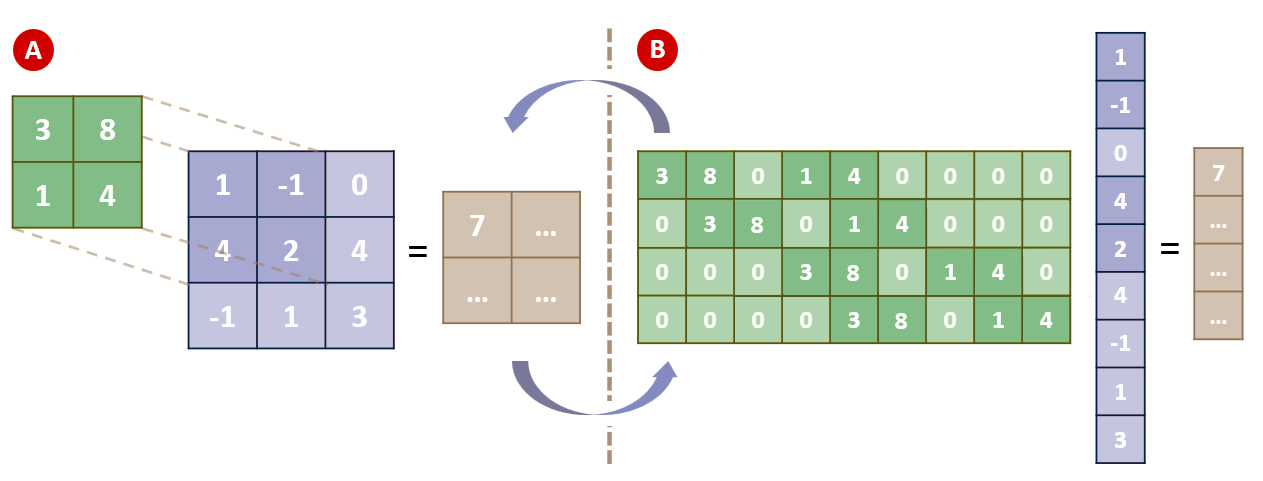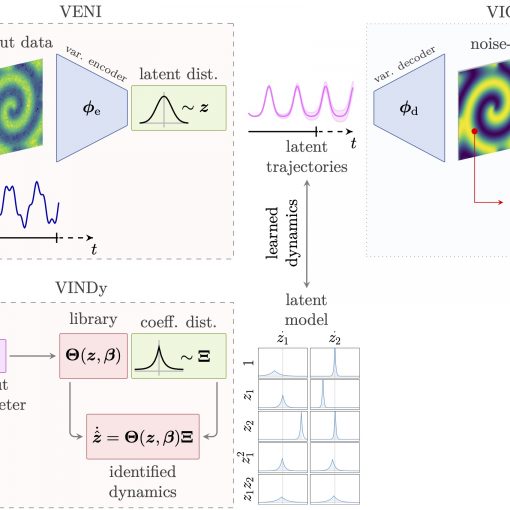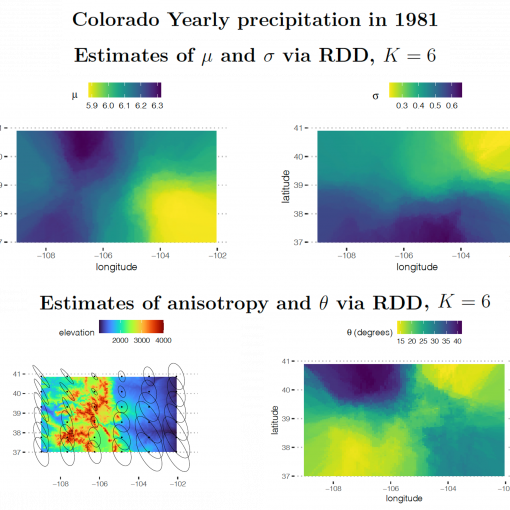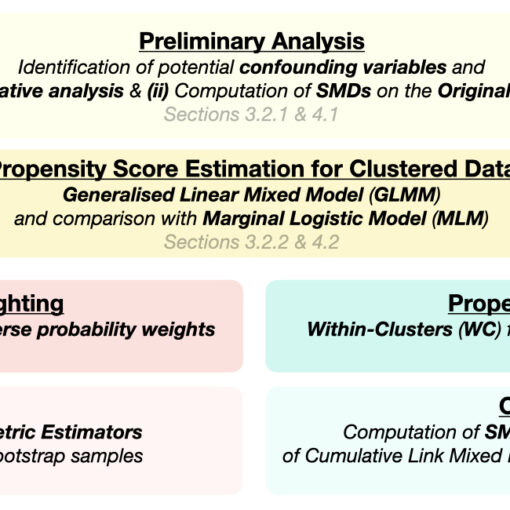A new MOX Report entitled “A practical existence theorem for reduced order models based on convolutional autoencoders” by Franco, N.R.; Brugiapaglia, S. has appeared in the MOX Report Collection. Check it out here: https://www.mate.polimi.it/biblioteca/add/qmox/47-2024.pdf Abstract: In recent years, deep learning has gained increasing popularity in the fields of Partial Differential Equations (PDEs) and Reduced Order Modeling (ROM), providing domain practitioners with new powerful data-driven techniques such as Physics-Informed Neural Networks (PINNs), Neural Operators, Deep Operator Networks (DeepONets) and Deep-Learning based ROMs (DL-ROMs). In this context, deep autoencoders based on Convolutional Neural Networks (CNNs) have proven extremely effective, outperforming established techniques, such as the reduced basis method, when dealing with complex nonlinear problems. However, despite the empirical success of CNN-based autoencoders, there are only a few theoretical results supporting these architectures, usually stated in the form of universal approximation theorems. In particular, although the existing literature provides users with guidelines for designing convolutional autoencoders, the subsequent challenge of learning the latent features has been barely investigated. Furthermore, many practical questions remain ! unanswere d, e.g., the number of snapshots needed for convergence or the neural network training strategy. In this work, using recent techniques from sparse high-dimensional function approximation, we fill some of these gaps by providing a new practical existence theorem for CNN-based autoencoders when the parameter-to-solution map is holomorphic. This regularity assumption arises in many relevant classes of parametric PDEs, such as the parametric diffusion equation, for which we discuss an explicit application of our general theory.
You may also like
A new MOX Report entitled “VENI, VINDy, VICI – a variational reduced-order modeling framework with uncertainty quantification” by Conti, P.; Kneifl, J.; […]
A new MOX Report entitled “Estimating Non-Stationarity in Spatial Processes: an approach based on Random Domain Decomposition” by Scimone, R.; Menafoglio, A.; […]
A new MOX Report entitled “Assessing the Impact of Hybrid Teaching on Students’ Academic Performance via Multilevel Propensity Score-based techniques” by Ragni, […]
A new MOX Report entitled “Multi-fidelity surrogate modeling using long short-term memory networks” by Conti, P.; Guo, M.; Manzoni, A.; Hesthaven, J.S. […]





